Which Country is Called the Land of Rivers?
Bangladesh is known as the Land of Rivers because it has over 700 rivers forming the world’s largest delta. Learn why rivers are vital to Bangladesh’s geography, economy, and culture, and discover how other river-rich nations like Russia, Canada, Brazil, and the U.S. compare.
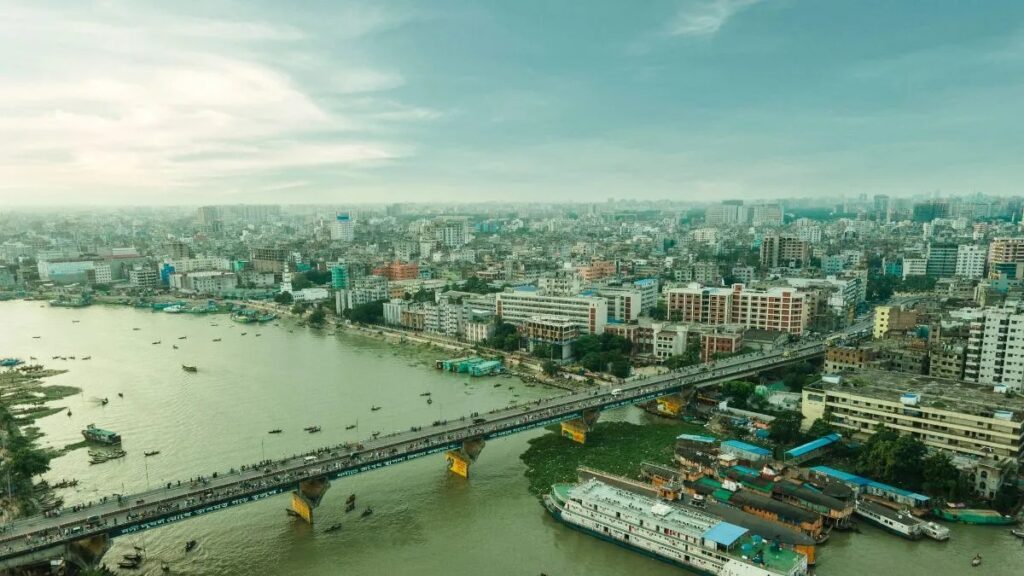
Land of Rivers: The country known as the “Land of Rivers” is Bangladesh. This title reflects the country’s remarkable geography, where hundreds of rivers, streams, and canals shape its landscape and influence every part of life. Bangladesh is one of the most riverine nations on Earth, and its history, economy, and culture are deeply connected to its waterways.
Which is Bangladesh called the Land of Rivers in the World?
Bangladesh is situated at the confluence of some of the world’s mightiest rivers. With over 700 rivers, tributaries, and distributaries, it forms part of the Ganges-Brahmaputra-Meghna (GBM) river system, one of the largest in the world. These rivers flow down from the Himalayas and cross India and Tibet before entering Bangladesh, where they merge and finally drain into the Bay of Bengal.
Major Rivers of Bangladesh
Padma River (Ganges)
The Padma is one of the most important rivers in Bangladesh. It enters the country from India and flows across the central region, supporting both agriculture and transportation. Along its banks, villages and towns depend on the river for irrigation, fishing, and trade. Its waters sustain thousands of farmers every year and have immense cultural importance.
Jamuna River (Brahmaputra)
The Jamuna is one of the widest rivers in the world, expanding up to 11 kilometers across at certain points. It serves as a major inland waterway and carries vast quantities of sediment that enrich the floodplains. Its strong currents shape the land continuously, creating new islands while eroding others.
Meghna River
The Meghna flows through the eastern part of Bangladesh, eventually joining with the Padma before reaching the Bay of Bengal. It plays a major role in transportation and fishing, with busy river ports connecting many parts of the country. The Meghna also supports industries that depend on freshwater access.
Other Countries with Many Rivers
Russia
Russia has one of the largest networks of rivers in the world. Its rivers, such as the Volga, Ob, Lena, and Yenisei, flow through vast territories covering different climates. The Volga River, often called the lifeline of Russia, supports agriculture, transportation, and hydroelectric power generation. The Siberian rivers like Ob and Lena remain frozen for much of the year but carry immense amounts of water when they thaw, contributing to Russia’s rich water resources.
Canada
Canada is home to countless rivers and lakes, forming one of the world’s biggest freshwater reserves. Major rivers like the Mackenzie, St. Lawrence, and Fraser play a vital role in the country’s ecology and economy. The Mackenzie River, Canada’s longest, flows through pristine wilderness and supports rich wildlife. Rivers are also used for hydropower generation, providing clean energy to millions of Canadians.
Brazil
Brazil’s river system is dominated by the Amazon River, which is the largest river in the world by discharge volume. The Amazon carries more water than any other river and supports the largest rainforest on Earth. The Amazon and its numerous tributaries stretch across much of northern Brazil, providing essential transport routes and sustaining biodiversity unmatched anywhere else on the planet.
United States
The United States is home to several long and important rivers, including the Mississippi, Missouri, Colorado, and Rio Grande. The Mississippi River system forms one of the world’s most significant drainage basins, supporting agriculture, trade, and transport. Rivers like the Colorado are also vital for irrigation in arid regions of the western U.S., showing how rivers have shaped the country’s development and settlement.
10 countries with the highest number of rivers
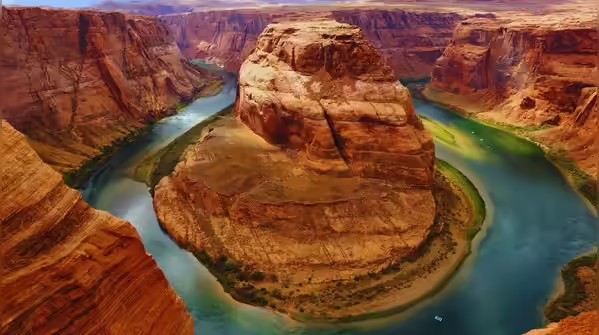
10 countries with the highest number of rivers
Some countries stand out for their vast and intricate river networks, influenced by diverse geographies. Here is a list of 10 countries with the highest number of rivers. The rivers play a tremendous role in culture, industry, and biodiversity, and offer a lot to learn. It’s worth noting that it is difficult to get the exact count of rivers, due to differing definitions of a “river.” Nevertheless, this list showcases the remarkable waterway systems that define these nations, vividly.
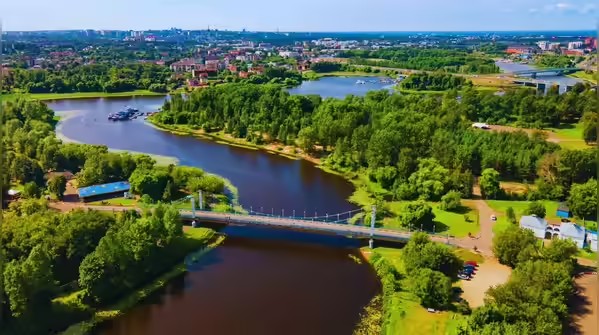
Russia
Russia’s colossal territory hosts the world’s largest river network spanning Arctic tundras to Siberian taiga, essential for transport, hydropower, and biodiversity across 11 time zones. These rivers drain into multiple oceans and support 40% of the population along their banks. Major rivers are Volga, Lena, Yenisei, Ob, and Amur to name a few.
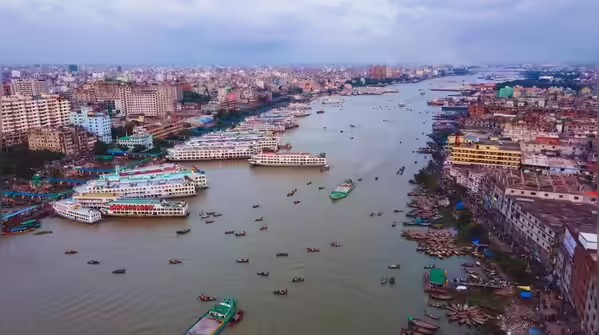
Bangladesh
Bangladesh is also known as the “land of rivers.” Bangladesh’s Ganges-Brahmaputra-Meghna Delta features one of the densest waterway networks in the world, and it is fueled by Himalayan monsoons. These rivers are crucial for agriculture, fishing, and flood-prone fertility but they also come with challenges like erosion and cyclones. Some of the major rivers in Bangladesh are Jamuna (Brahmaputra), Padma (Ganges), Meghna, Karnaphuli, and Teesta.
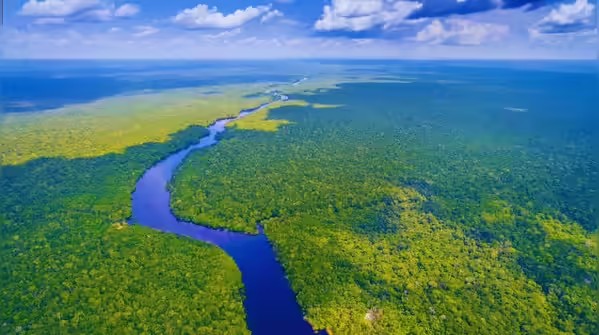
Brazil
Dominated by the Amazon Basin, Brazil’s rivers cover 13 percent of global freshwater, sustaining the world’s largest rainforest and immense biodiversity. The rivers in Brazil drive hydropower, indigenous livelihoods, and global oxygen production. Some of the major rivers are the Amazon, Paraná, São Francisco, Paraguay, and Madeira.
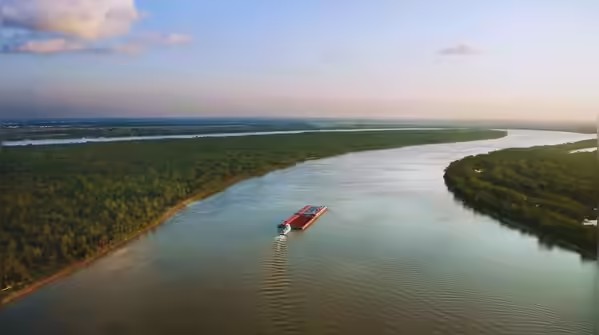
United States
The U.S. river system spans diverse terrains from the Rockies to the Gulf Coast, powering agriculture, trade via the Mississippi, and recreation. The Everglades river is one of the most unique ones around. The United States has major rivers like Mississippi-Missouri, Colorado, Rio Grande, Yukon, Columbia.
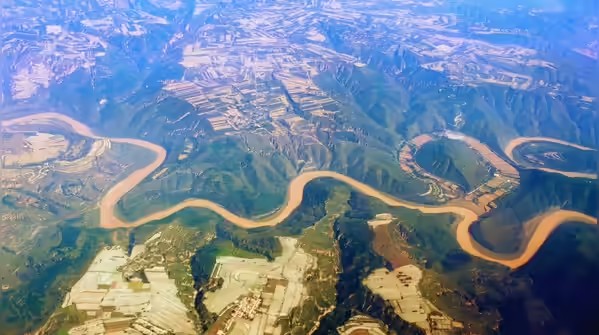
China
China’s rivers system supports over a billion people through irrigation, industry, and the world’s largest hydropower projects like the Three Gorges Dam. These rivers face severe pollution and flooding from monsoons. Some of the most prominent rivers in China are Yangtze, Yellow (Huang He), Mekong, Pearl, Amur.
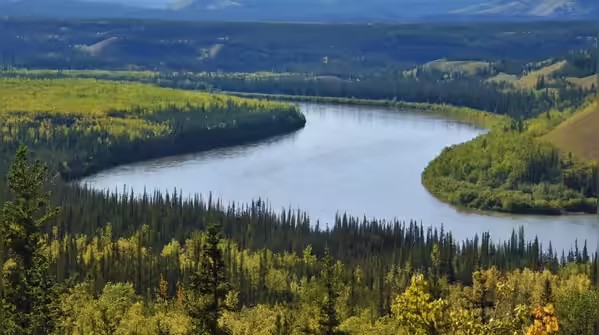
Canada
The pristine northern rivers flow through boreal forests and Arctic regions, generating massive hydroelectricity and sustaining wildlife. Climate change is altering their flow, affecting indigenous communities and fisheries. Major rivers in Canada include Mackenzie, St. Lawrence, Fraser, Yukon, Nelson.

India
Indian rivers are fed by the Himalayas and monsoons. India’s sacred rivers form fertile plains vital for agriculture and spirituality. Sacred rivers like the Ganges, Brahmaputra and Yamuna have inspired religious traditions and rituals. Major rivers in India are Ganges, Brahmaputra, Godavari, Krishna, Indus shaping the land and culture profoundly.

Democratic Republic of Congo (DRC)
The Congo Basin’s rivers, the world’s second-largest by discharge, traverse rainforests teeming with biodiversity, providing hydropower and transport. The main river of the Congo Basin is the Congo River, which is also the second longest river in Africa. Major rivers in the Democratic Republic of Congo are Congo, Lualaba, Ubangi, Kasai, and Sankuru to name a few.
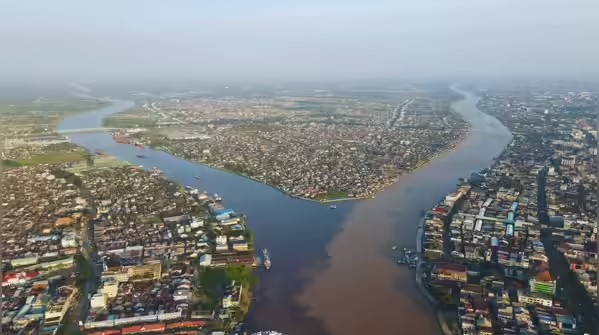
Indonesia
Indonesia’s tropical archipelago features rivers on Borneo and Sumatra, essential for fishing, logging, and navigation in remote areas. The rivers of Indonesia face challenges like siltation from mining and palm oil plantations. Some of the major rivers include Kapuas, Mahakam, Barito, Musi, and Batanghari to name a few.

Colombia
Colombia’s Andean and Amazonian rivers contribute 5 percent of global freshwater, supporting coffee plantations, biodiversity, and transport. These rivers also face challenges from mining and urbanization. Colombia’s major rivers include Magdalena, Cauca, Putumayo, Caquetá, Guaviare to name a few.
Bangladesh is widely recognized as the “Land of Rivers” due to its intricate and extensive network of waterways that crisscross the country. This South Asian nation is home to over 700 rivers, which form the vast Ganges-Brahmaputra-Meghna delta, the largest in the world.
The rivers are the lifeblood of Bangladesh, shaping its geography, culture, economy, and the daily lives of its people. The dense river system plays a crucial role in agriculture, providing fertile alluvial soil for farming, which is the mainstay of the economy. These waterways also serve as a vital mode of transportation for goods and people, connecting remote villages and bustling cities.
The major rivers, including the Padma (the main distributary of the Ganges), the Jamuna (the Brahmaputra), and the Meghna, along with their numerous tributaries and distributaries, create a dynamic and ever-changing landscape. The seasonal flooding, while sometimes destructive, also replenishes the soil with nutrient-rich silt, contributing to the country’s agricultural productivity. The rivers are also a significant source of fish, a staple in the Bengali diet. The cultural identity of Bangladesh is deeply intertwined with its rivers, inspiring art, literature, and music for centuries.
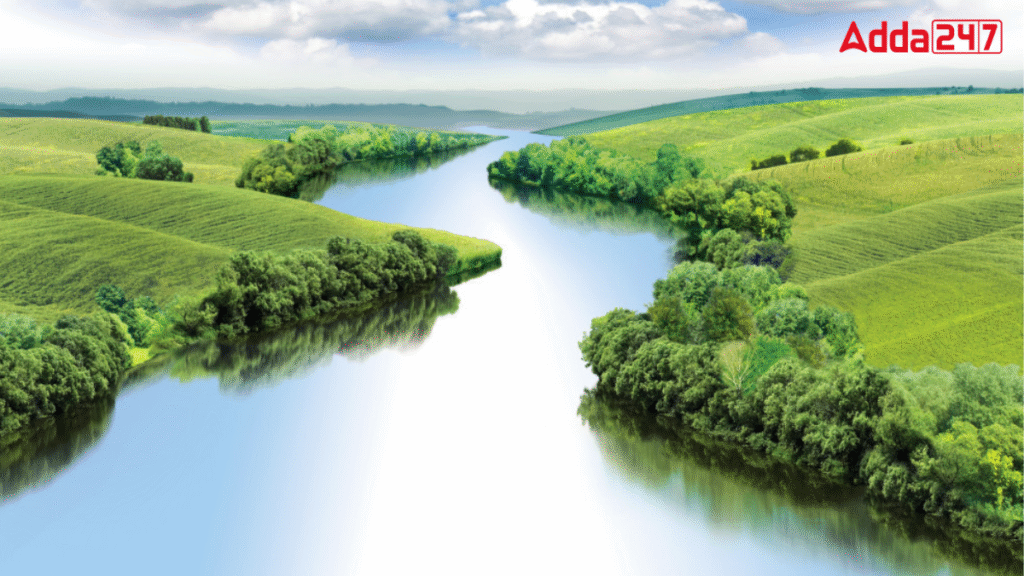
Some countries are famous for their mountains, deserts or forests, while others are known for their many rivers. These rivers plays a big role in the lives of people, providing water for farming, transportation and fishing. The land becomes fertile because of the flowing rivers, helping in crop growth. However, having many rivers also brings challenges, such as floods and erosion, affecting people’s lives.
Country of Rivers
Bangladesh is often called the “Country of Rivers” or “Land of Rivers” because it has around 700 rivers, including major ones like the Ganges, Brahmaputra and Meghna. These rivers form the world’s largest river delta, making the land fertile and rich for farming. The rivers also play a big role in transportation, fishing and daily life.
Why is Bangladesh Known as the Country of Rivers?
Bangladesh is located in the Ganges-Brahmaputra-Meghna delta, which is filled with rivers and waterways. Here are some reasons, why Bangladesh earned the title of “Country of Rivers”:
- Many Rivers: Bangladesh is home to around 700 rivers, including tributaries. These rivers create a vast network of waterways, covering the entire country.
- Big River System: The country lies in the Ganges-Brahmaputra-Meghna delta, which is the largest river delta in the world. This delta makes the land rich and productive.
- Major Rivers: The Ganges, Brahmaputra (called Jamuna in Bangladesh) and Meghna are the largest rivers. They play a key role in shaping the country’s land, economy and culture.
- Fertile Land: The rivers bring nutrient-rich soil from upstream areas. This makes the land highly fertile, helping farmers grow crops easily.
- Transportation and Fishing: The rivers serve as natural highways, allowing people to travel by boats. They also support fishing and irrigation, helping millions of people earn their living.
An Overview of Bangladesh
Bangladesh is a country in South Asia, located next to India and Myanmar, with a coastline along the Bay of Bengal. It mostly has flat, alluvial plains formed by river deposits. The country has a tropical climate with heavy rainfall, which sometimes causes flooding. Farming is a major part of the economy, and rivers help in growing crops and transporting goods.